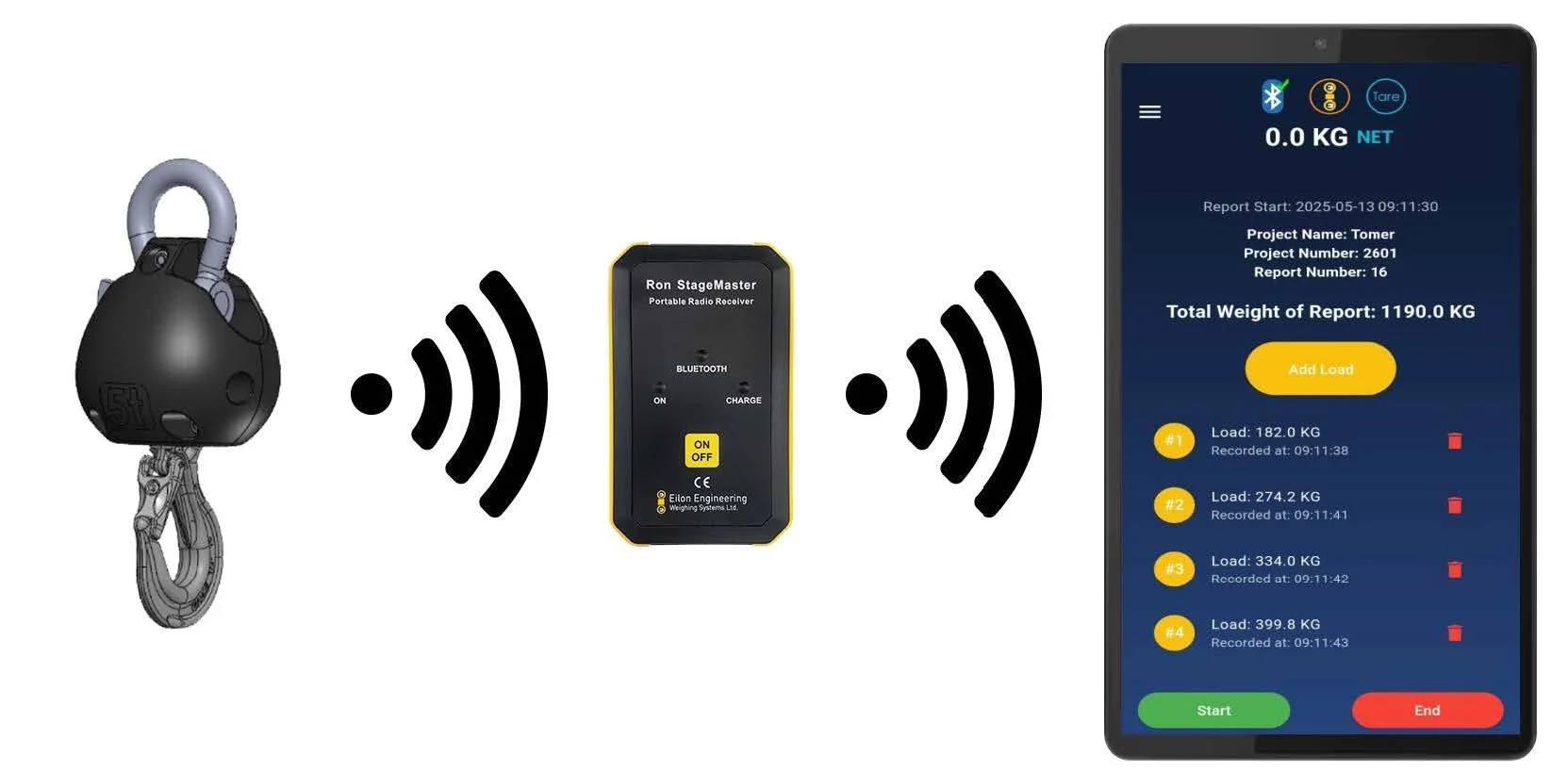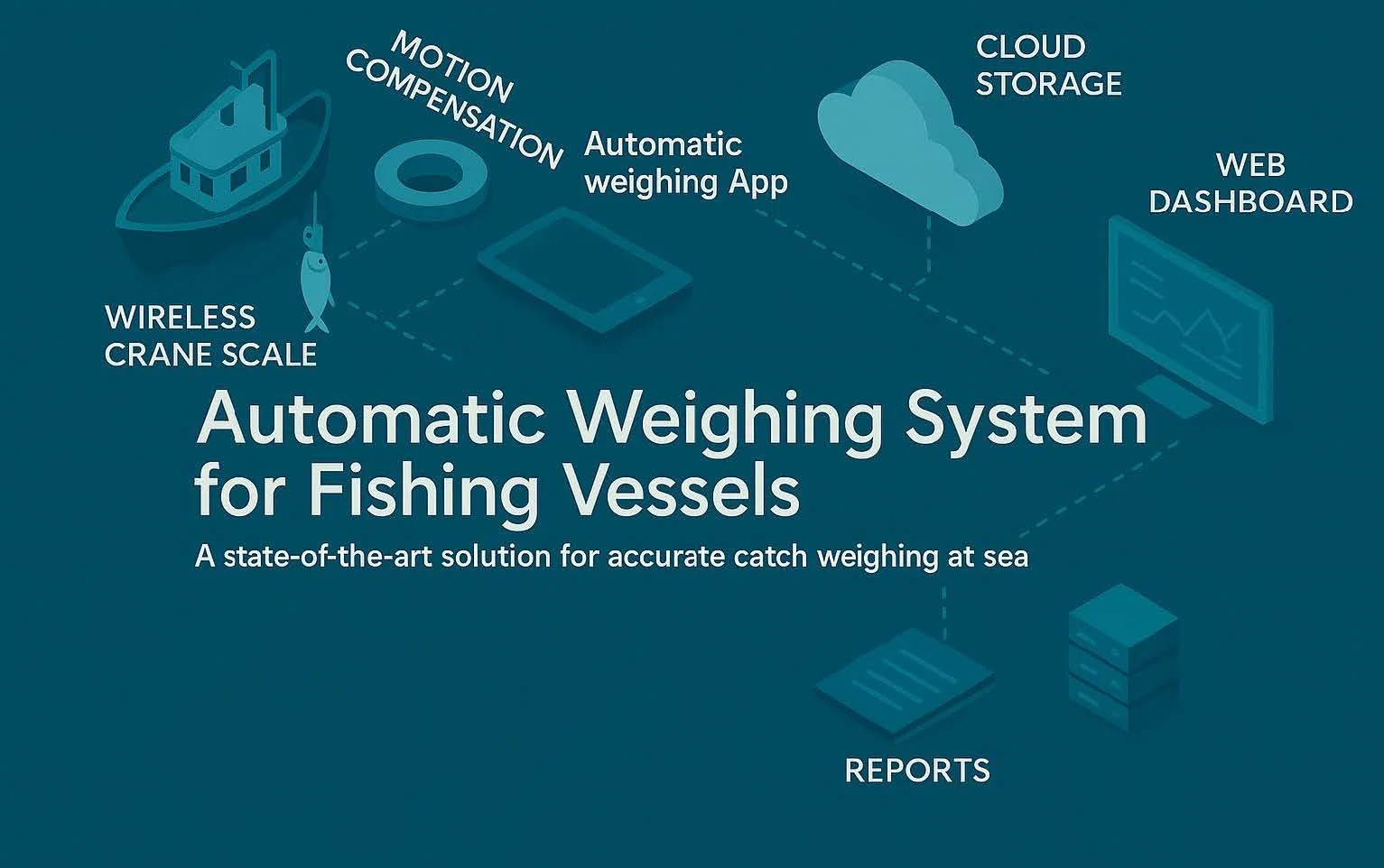I find joy in seeing ideas and innovative thinking flourish, along with the development of new products or concepts, and here is a good example.
In 2019, after we upgraded our transhipment monitoring system, the idea of using hanging scales had been around for some time, but the ones I had seen were large and didn't account for motion. They were used in fishing but had notable drawbacks, especially if they needed to be taken on and off the PS and carriers.
We could adopt a motion-compensated weighting system similar to those used in the forestry industry in New Zealand, which relies on wired hanging crane scales. However, these systems are large and wired.
So, we at MIMRA established an area search project with SPC and FFA to identify the best appropriate scale for our needs—essentially something wireless, small, lightweight, accurate, with good battery life and ideally capable of being networked.
I began with an online search, but there was limited information about fisheries; however, one brand of dynamometers, load cells, and hanging scales, used for weighing during overload prevention procedures as well as for lifting, force, and load testing, caught my attention because it was used by NASA to move their satellites and by stage managers used it in large lighting rigs above the stage for some of the biggest festivals and concerts.
It never crossed my mind that insurance companies for the world’s biggest bands would need precise and secure systems to regulate the weights and balance of thousands of kilograms of lighting above some of the biggest showbiz stars. So clearly, if they recommend them, they must be dependable.
Then, there were others used for forestry, some for construction, and some for more general purposes. I acquired one of four models that were tested against each other (using accuracy, weight, size, sturdiness, connectivity, battery life, and price as criteria) with SPC and FFA. We then reported the results (blogged about here) and submitted a paper to the WCPFC Scientific Commission.
We chose the Ron 2501, made by Eilon Engineering, the company that manufactures lighting rig equipment. I believe they became quite interested after receiving orders from small island nations, following orders from RMI, then Tuvalu, PNG, and Kiribati, who liked what we were doing.
Since then, they have been very interested in how we have used their products and have offered to adapt them for our specific needs, including unit protection, improved motion compensation, automatic weighing, error reduction, and cloud-based reporting accessible via an online dashboard.
Their latest system includes the same robust wireless crane scale, portable receiver, and an Android-operated weighing station, with good UX and ease of use.
While we use it for compliance monitoring as part of our port state measures, the solution supports accurate catch assessment and reporting, improving operational processes as well as traceability and inventory solutions for the industry.
With MIMRA, we aim to implement a dashboard in our Port operation rooms, providing access to weighing reports from every transshipping event in real-time, with all data consolidated in one place for management, regulatory, and monitoring purposes.
While on board the carrier or purse seiner, we will have a monitor with a tablet connected to a Ron 2501 HF 5t wireless crane scale with an adapted impact shield and equipped with a portable receiver (PRR). This system allows for transhipment weighing without human intervention, as it automatically recognises when to enter the weight into the report; the monitor on board can assign weights to the species in each sling being transhipped.
With motion compensation capability, the scales enable accurate measurement even when the load is moving between vessels, resulting in faster transshipments. Previously, we had to wait around 10-15 seconds for stabilisation.
And again, this is not just for monitoring the reporting (the 1st U of IUU), but the fact that if we can do this in all PS ports, in all the Pacific (and all carriers involved in the mess that Longline is in the region), we could be much closer to make good of the move to Harvest Stategies and potentially no only manage the fishery on imputs but also on outputs.
I know that is “far-fetched” for now… but so was having small crane-based remote reading scales a decade ago.

